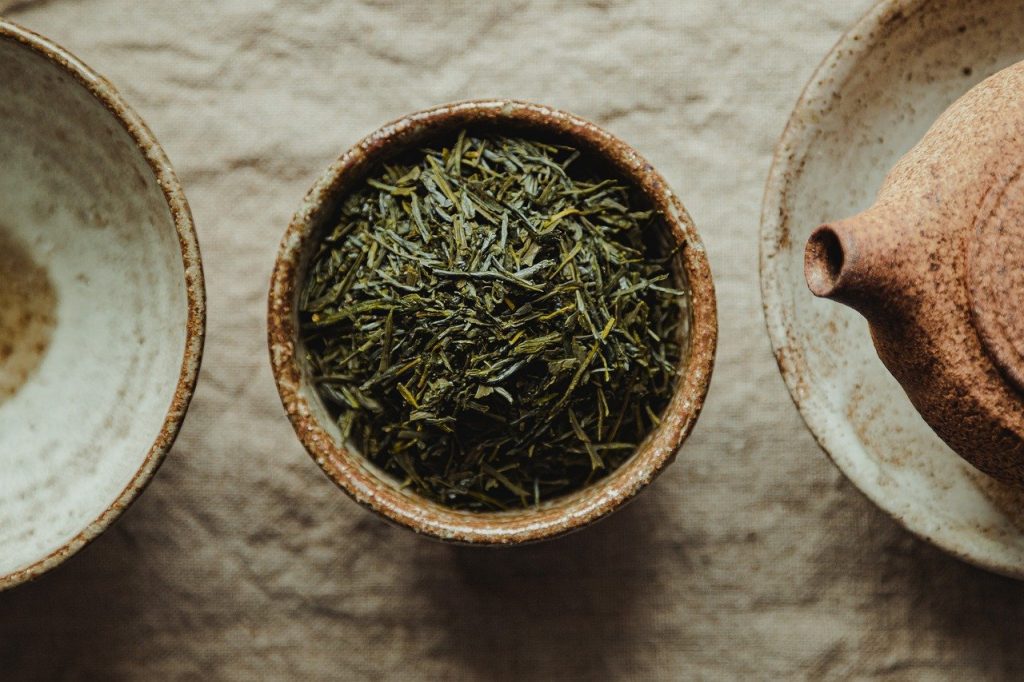Welcome to the wonderful world of green tea, a beverage cherished for centuries and celebrated for its myriad health benefits and refreshing taste. Whether you’re a long-time tea lover or new to the green tea experience, this post will guide you through the essence of balance and vitality that green tea brings to every cup. Join us as we explore the origins, benefits, and best ways to enjoy this incredible tea.
The Origins of Green Tea
Green tea has a rich history that dates back over 5,000 years to ancient China. Legend has it that Emperor Shen Nong discovered tea when leaves from a wild tea tree blew into his pot of boiling water. Captivated by the aromatic infusion, he took a sip and felt instantly rejuvenated. This marked the beginning of green tea’s journey as a cherished drink in Chinese culture.
Over the centuries, green tea spread from China to Japan and beyond, becoming an integral part of various cultural rituals and ceremonies. In Japan, the tea ceremony, known as “chanoyu,” is a beautiful, meditative practice that emphasizes harmony, respect, purity, and tranquility. Today, green tea is enjoyed worldwide for its delicate flavour and numerous health benefits.
The Unique flavour Profile of Green Tea
Green tea stands out with its unique, subtle flavour that can range from sweet and floral to vegetal and grassy. Unlike black tea, green tea leaves are not oxidized, allowing them to retain their natural green color and delicate flavours. The specific taste of green tea depends on factors such as the region where it’s grown, the time of harvest, and the processing methods used.
For instance, Japanese green teas like matcha and sencha are known for their vibrant green color and umami-rich flavours. Chinese green teas, such as Dragon Well (Longjing) and Gunpowder, often have a slightly nutty or smoky taste. Each variety offers a different experience, inviting you to explore and find your favourite.
Health Benefits of Green Tea
Green tea is not only delightful to drink but also boasts an impressive array of health benefits. Here are some reasons why incorporating green tea into your daily routine can contribute to your overall well-being:
1. Rich in Antioxidants: Green tea is packed with antioxidants called catechins, which help protect your cells from damage caused by free radicals. Epigallocatechin gallate (EGCG) is the most potent of these catechins and is known for its powerful health-boosting properties.
2. Supports Weight Loss: Green tea can boost your metabolism and increase fat burning, making it a great addition to a balanced diet and exercise routine. Some studies suggest that green tea can help reduce body fat, particularly in the abdominal area.
3. Enhances Brain Function: The caffeine in green tea, combined with the amino acid L-theanine, can improve brain function, leading to better focus, attention, and cognitive performance. Unlike coffee, green tea provides a more stable and sustainable energy boost without the jitters.
4. Promotes Heart Health: Regular consumption of green tea has been linked to a lower risk of cardiovascular diseases. The antioxidants in green tea help reduce LDL cholesterol levels and improve blood vessel function, supporting overall heart health.
5. Boosts Immunity: Green tea contains various bioactive compounds that can enhance your immune system, helping your body fight off infections and illnesses more effectively.
Brewing the Perfect Cup of Green Tea
Brewing green tea correctly is essential to enjoy its delicate flavours and reap its full benefits. Follow these steps to make the perfect cup:
1. Use Fresh, Filtered Water: The quality of the water can significantly affect the taste of your tea. Fresh, filtered water will yield the best results.
2. Measure the Tea: Use about one teaspoon of loose leaf green tea per cup with 225ml of water. Adjust the amount based on your taste preference.
3. Water Temperature: Green tea is best brewed with water that is not too hot. Aim for a temperature between 70-80°C to avoid bitterness.
4. Steeping Time: Steep the tea for 2-3 minutes. Over steeping can result in a bitter taste, while under steeping may leave the flavours underdeveloped.
5. Enjoy and Experiment: Once your tea is ready, strain the leaves and savour the delicate flavours. Feel free to experiment with different varieties and steeping times to find your perfect cup.
Conclusion
Green tea is truly the essence of balance and vitality, offering a delightful taste experience along with numerous health benefits. Whether you enjoy it as a morning pick-me-up or a calming afternoon ritual, green tea is a wonderful addition to your daily routine. So, brew yourself a cup, take a moment to relax, and embrace the #GreenTeaVibes.
We’d love to hear from you! How do you like to enjoy your green tea? Do you have any favourite flavours or brewing tips? Share your thoughts in the comments below!


